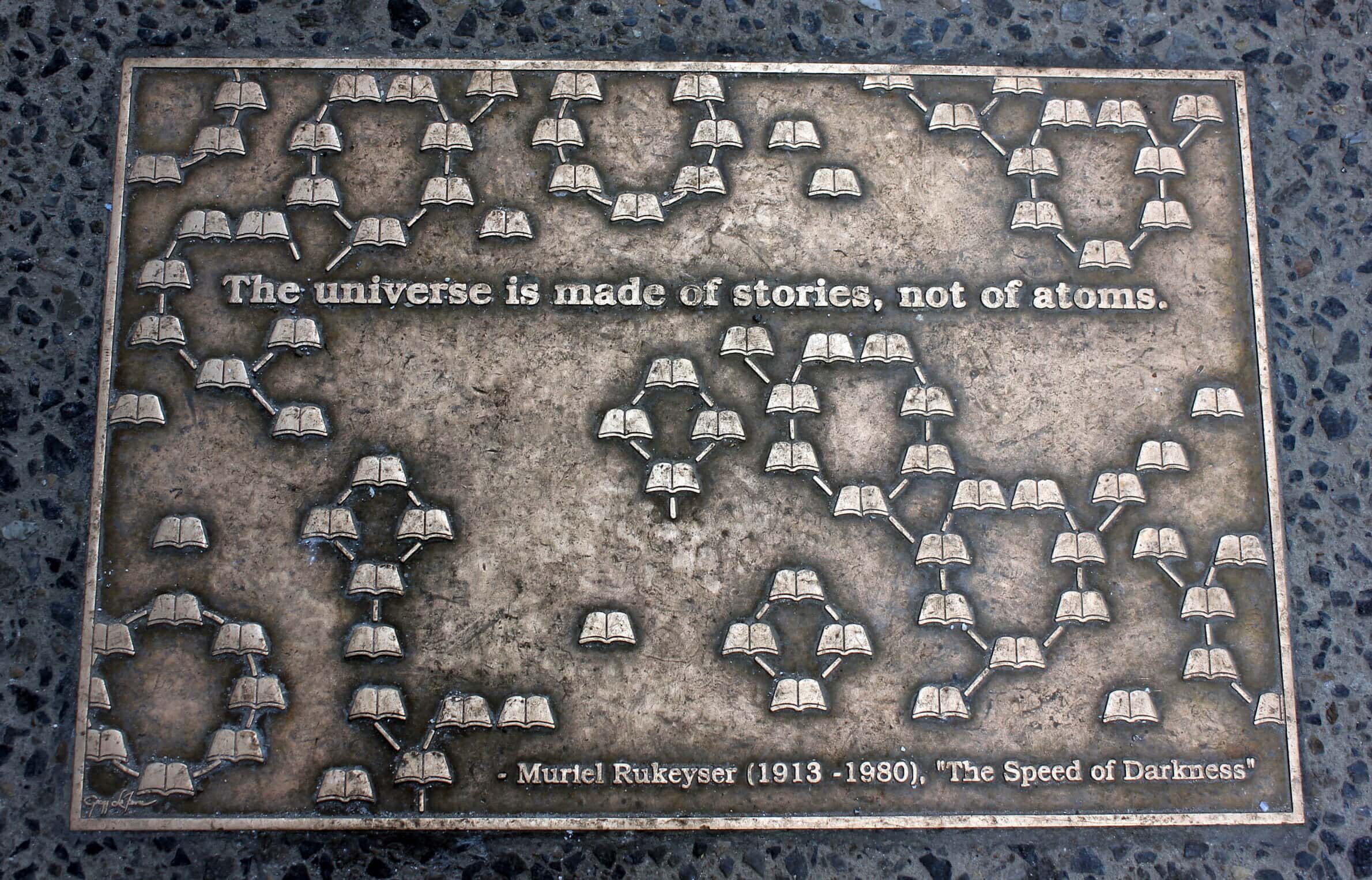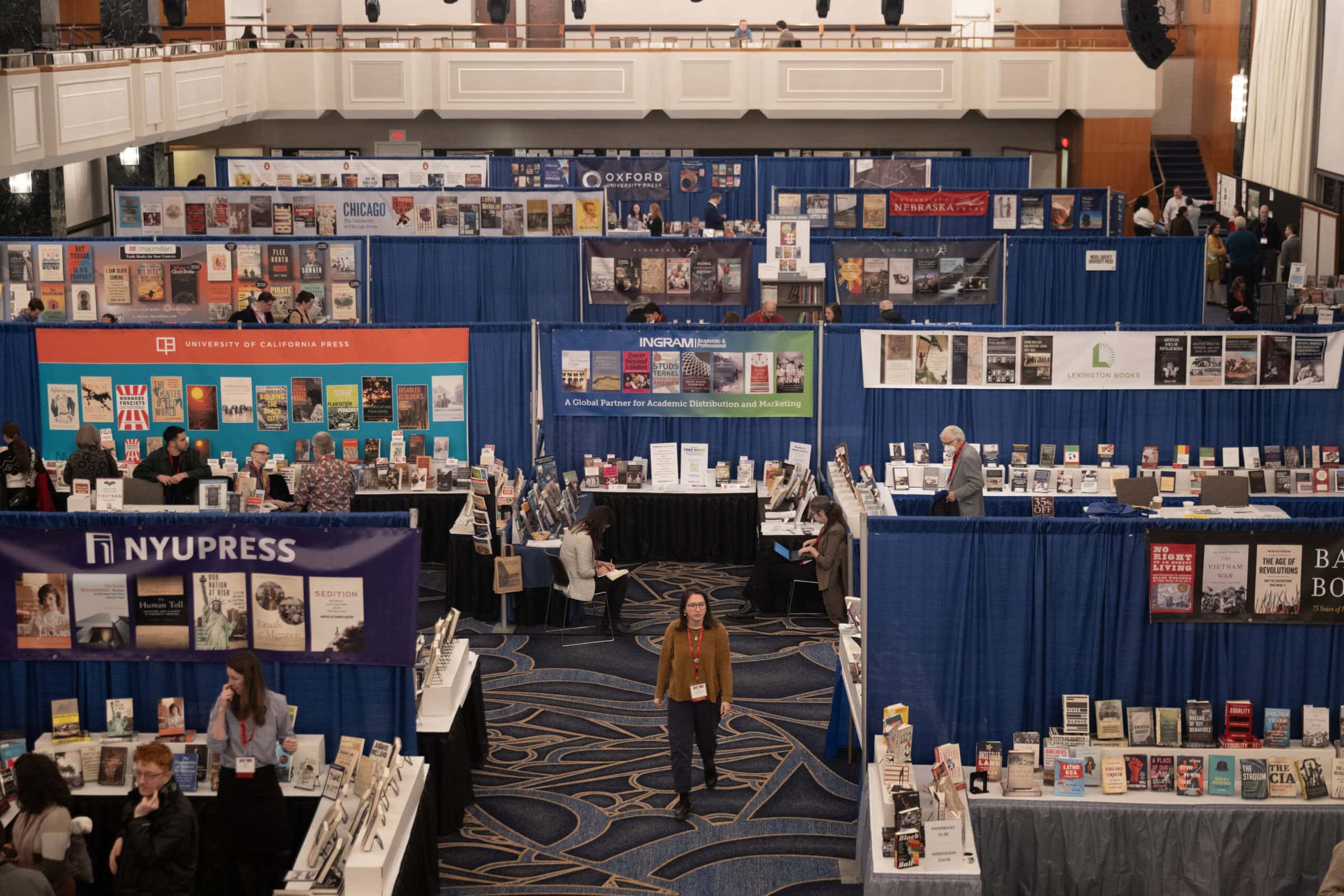Underground New York is as important a part of the cityscape as anything above ground. Residents, commuters, and visitors take over three million trips along 660 miles of subway every day.1 Each of these trips is an intimate journey through what made and makes New York so special. Most of us take the subway because it is fast, cheap, safe, and easy—though it doesn’t hurt that our trips are socially and environmentally responsible, not to mention fun.
For $2 you can ride anywhere and transfer freely between 26 color-coded subway lines, over 250 local bus lines, the Staten Island Railroad, Roosevelt Island Tramway, and Long Island and Westchester County local buses. The entire network uses the Metrocard, which you can purchase with cash, credit, or debit cards at vending machines in every station. For $7.50 a one-day card provides unlimited access from the first swipe until 3 a.m. the following day. It’s a great deal if you are exploring all over town.
Once underground, don’t be ashamed to look at the subway map. Subways operate 24 hours a day and have done so for over 100 years. Maintaining such a system requires a lot of rerouting, and it can be hard to keep up. Even native New Yorkers need to check the map.
Many riders have little sense of what lies above the stations we pass, except for the few stations and neighborhoods we frequent. Because we use the subways to navigate the city, our experiences underground are more comprehensive than those above. On the subway, New Yorkers see (without looking at) people from other parts of the city, hear, smell, or (at rush hour) feel them; and help each other carry suitcases and baby strollers up and down stairs.
The system map reflects more than a century of diverging private investments, united by 75 years of reform. The city government shouldered the risks of building the system at the turn of the 20th century, but sponsored private companies to actually run it. Beginning in 1904, the Interborough Rapid Transit Company (IRT) ran what are now the red 1, 2, and 3 trains that run uptown to the Bronx or downtown to Brooklyn along the West Side (50th St. and Broadway is the closest stop to the meeting hotels). The yellow N, R, and W trains run from Brooklyn, up Broadway through half of Manhattan, and hook east into Queens along 60th Street just north of the hotels (the closest stop is at 49th St. and 7th Ave.). These lines were built in 1913 for the Brooklyn-Manhattan Transit (BMT), the second company contracted by the city. Though the private companies made large corporate profits providing unreliable and inadequate service, and despite looming municipal debt, the city proposed a third extension to the subway in the 1920s. When investors weren’t interested unless they could raise the five-cent fare, the city began to manage mass transit for itself. The city ran what are now the blue lines west of the hotels along 8th Avenue and the orange lines east on 6th Avenue as the Independent Subway (IND). Both lines veer east into Queens at 53rd Street and extend uptown into the Bronx.2
New York’s dependence on mass transit and the system’s historically low fares make the subway a de facto utility, a crucial thread in the social and economic fabric of city life. By 1940 the city united all the subways into one municipally run system. When mounting debt and fears of municipal socialism threatened the system in the 1960s, the Metropolitan Transit Authority (MTA) used bridge and tunnel tolls to support the subways and buses and the bankrupt regional rail systems. The massive scope of this semipublic authority, which today serves a third of all mass transit users in the United States, allows for a unified single-fare system and the 60 percent financial self-sufficiency, the highest for any transit system in the world.
The subway has long been a New York cultural icon. African Americans in the 19th century fought for and won transit construction jobs and equal rights to ridership. Multiethnic construction workers and transit operators joined together to demand fair pay and safe working conditions on the earliest mass transit projects. The municipal Transport Workers Union quickly became one of the most powerful and most radical voices for labor. Early station design sought to instill civic pride in riders; over the last 20 years the MTA’s Arts for Transit and Poetry in Motion programs have placed hundreds of public art installations in stations and mounted poetry selections in subway cars to entertain transit riders on their almost 2.5 billion trips a year. This official art program is an alternative to the years when spray painters claimed entire cars as canvasses—to the delight of the art world and the ire of city agencies. In the mid-1980s, court decisions protected first amendment rights in the subway, and local artists sing, play, and dance on the platforms.3
Don’t miss the chance to ride the subway! Those interested in transit history should take one of the downtown bound former IRT (red 2 or 3), BMT (yellow R), or IND (blue A or C) trains to the New York Transit Museum located in a decommissioned 1936 IND station in Brooklyn Heights. The museum offers great exhibits for all ages and interest levels (entrance at the corner of Boerum Pl. and Schermerhorn St., 718-694-1600, https://www.nytransitmuseum.org/). If the annual meeting keeps you in the hotel all week, consider using a Metrocard to get you to and from the airport, bus terminal, train station, or home. Sometimes it takes a bit of map navigating, but mass transit is often the fastest and most interesting way to go.
Notes
- https://new.mta.info/about; all subsequent statistics and figures are also from this page. [↩]
- Clifton Hood, 722 Miles: The Building of the Subways and How They Changed New York (Baltimore: The Johns Hopkins University Press, 2004). [↩]
- Joshua Freeman, In Transit: The Transport Workers Union in New York City, 1933–1966 (Philadelphia: Temple University Press, 2001); Stephen J. Zeitlin and Marci Reaven, Hidden New York: A Guide to Places that Matter (New Brunswick: Rutgers University Press, 2008); Ivor Miller, Aerosol Kingdom: Subway Painters of New York City (Jackson: University Press of Mississippi, 2002); Susie Tanenbaum, Underground Harmonies: Music and Politics in the Subways of New York (Ithaca: Cornell University Press, 1995). [↩]
Dylan Yeats is a doctoral student in U.S. history at New York University. He is an exhibit curator, certified archivist, licensed tour guide, and author of the visual essay “Yellow Peril: Collecting Xenophobia” published by the Asian/Pacific/American Institute at NYU.


